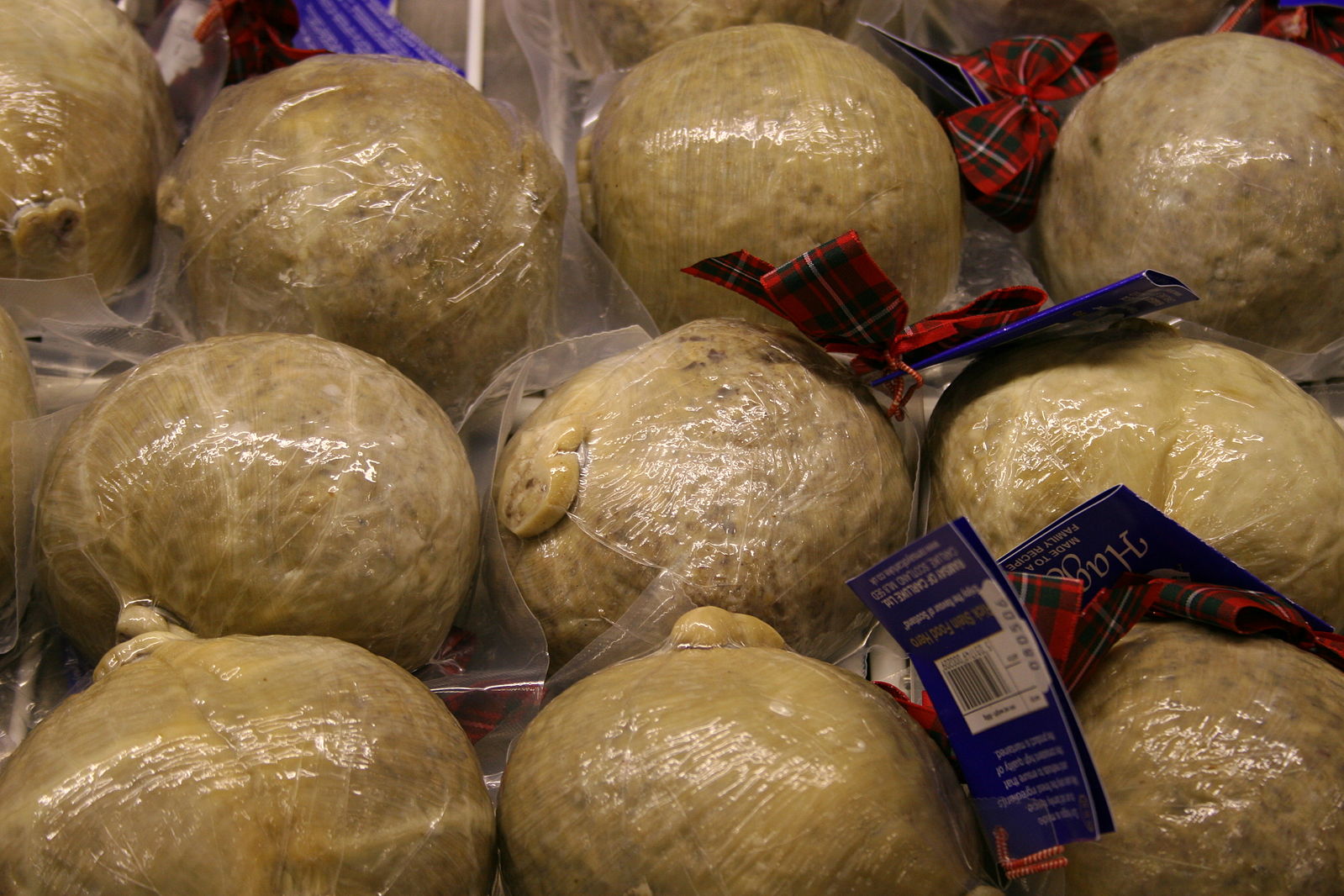World Traditions: Burns Night
January 25th, 2017
Every year many Scottish people at home and around the world celebrate Robert Burns Day by holding a Burns Night, or Burns Supper as it is often known. Robert Burns is "Scotland’s National Poet" and was born in 1759 on 25th January, which is the day of the year when Burns Night celebrations take place. These parties celebrate Burns' work and "Scottish culture" in general.
Burns was an early Romantic poet, and as well as writing many songs and poems which have endured through the centuries had a colourful personal life too.
More formal celebrations follow a series of norms while less formal gatherings take a few elements of the traditional format. What they have in common is they are always fun! Here are the main set pieces of a Burns Night, should you be invited to one, or want to host your own.
Food
Before the meal, the host will say The Selkirk Grace, in the Scots language, which is attributed to Burns but was actually in existence before then.
Some hae meat an
canna eat,
And some wad eat that want it;
But we hae meat, and we can eat,
And sae let the Lord be thankit.
[Some have meat but can’t eat and some would like to eat but can’t. But we have meat and we can eat so let us thank the Lord.]
The menu will usually start with "cullen skink" soup - made from haddock, potatoes and onion, often with the addition of milk or cream. Other times the soup course will be cock-a-leekie or a vegetable broth.
Next comes the set piece of the menu - Haggis, Neeps and Tatties (haggis, turnips and mashed potatoes). Haggis is a savoury pudding made from sheep’s heart, liver and lungs, mixed with oatmeal, onions, suet and spices and traditionally simmered in the sheep’s stomach for three hours, tho nowadays it is usually in an artificial casing. Haggis has a unique taste, but could perhaps be compared to a moist, savoury, spicy minced beef. Vegetarian haggis is also readily available these days in Scotland.

Image Source: Chris Brown (Zoonabar)
The Haggis will be brought to the table on a silver platter and "piped in" by a lone bagpiper whilst the guests stand up. The host or another guest will then recite the poem "Tae a Haggis" (To a Haggis) by Robert Burns which is an appreciation of the traditional dish. At the end, the reciter will cut the haggis open and everyone will raise their glasses and shout "The haggis!".
The desert is often a dish called "Cranachan" which is essentially raspberries, cream and oatmeal, sometimes with a drop of whisky added. The whole meal is often accompanied by generous amounts of ale, wine and Scotch whisky.
The songs and poems of Robert Burns
After the meal, songs and poems of Burns will be performed by various guests, with favourite songs being Ae Fond Kiss, My Love is Like a Red, Red, Rose and the most well known poem, Tam O’Shanter, which tells the tale of a wayward husband, who returning from a night drinking insults some witches, who pursue him on his horse Meg. He narrowly escapes but the witches manage to pull poor Meg’s tail off.

Image Source:Flickr (Garry Knight)
It is also typical for a male guest to give a humorous speech to the female guests (To the Lassies) and a female guest to give an answering speech to the men (To the Lads).
To finish
Afterwards the tables will be cleared and there will be Scottish Country Dancing until late, then the evening will end with the guests in a circle, crossing arms and joining up to sing Auld Lang Syne, also by Burns and often sung at New Year in the UK and some other cultures.
Slainte Mhath!
["Cheers!"" in Scottish Gaelic]
ABOUT THIS PAGE
Psiphon Today is brought to you by Psiphon Inc. Please visit our Privacy Policy, and find out how you can contact us.


